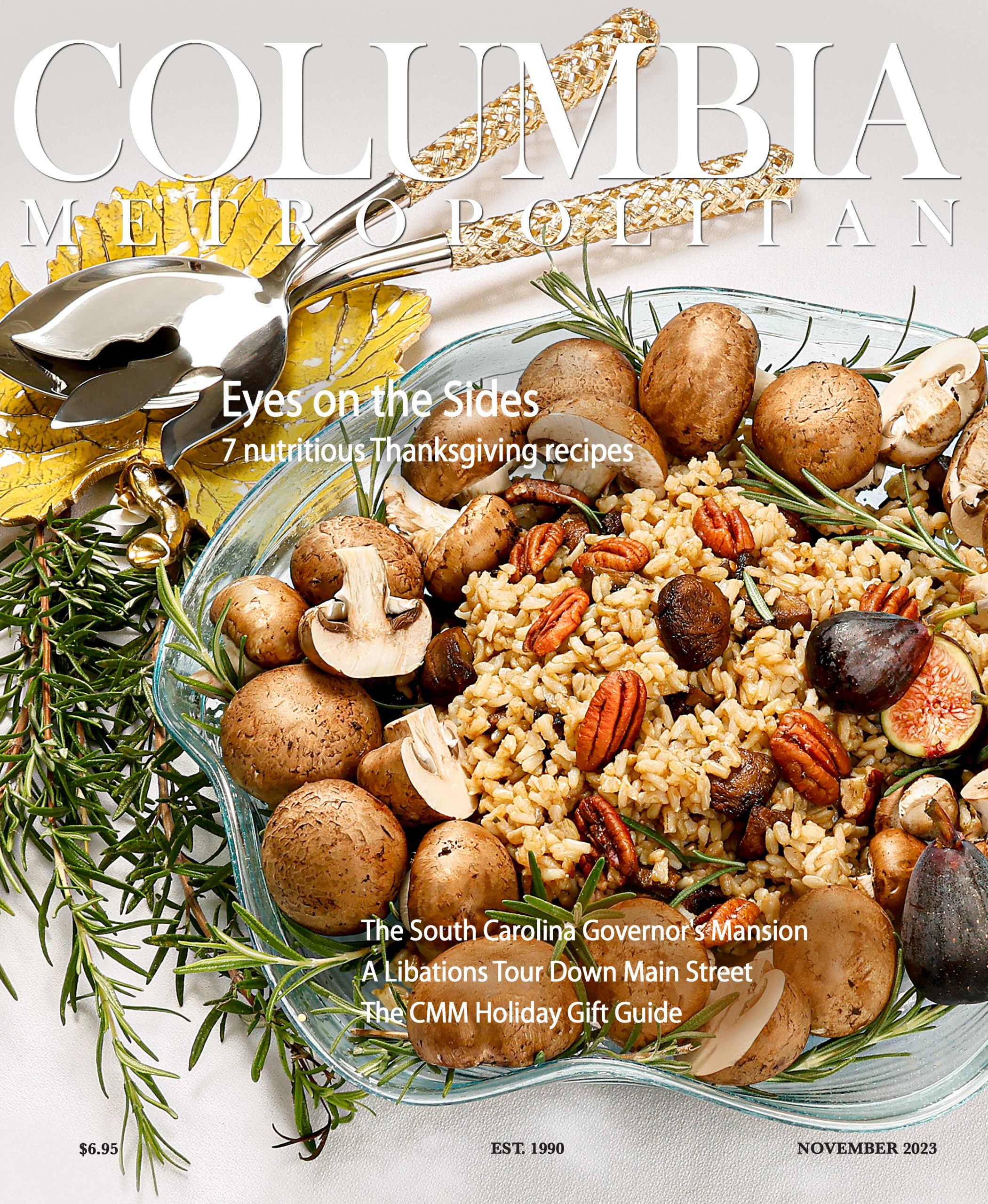
There is nothing quite like walking into a leather shop and smelling the rich, earthy, and slightly sweet scent of tanned leather. But it’s not just the smell; it’s also the texture, the colors, and the idea that this material is as organic as people are. Because leather is made from the skins of animals, it is very much like your skin in that it ages and can become cracked, dry, and brittle unless replenished with natural oils. For this reason, there is a kinship with leather products.
Man has long made use of animal hides and prized them for their versatility and durability. The earliest modern record of leather artifacts dates back to 1300 B.C. However, in 2010 archaeologists discovered a well-preserved leather moccasin-like shoe made from a piece of cowhide in a dig in an Armenian cave. Radiocarbon dates it to about 3500 B.C., during Armenia’s Copper Age. A recent National Geographic article states, “… the prehistoric shoe is compressed in the heel and toe area, likely due to miles upon miles of walking. But the shoe is by no means worn out.” The owner of this shoe obviously knew how to take care of the leather.
Throughout history, leather has been used to make various goods such as paper (parchment), clothing, bookbinding, and furniture. Leather is comfortable, easy to maintain, and doesn’t absorb odors. It has been used as seating in all modes of transportation, from the horse and buggy to today’s luxury vehicles.
The iconic user of leather is the cowboy. From his squeaky saddle to his fringed chaps, the cowboy exposes his tack and gear to all kinds of natural elements that are leather’s worst enemies: water, sweat, and sunlight. Leatherworker and cutting horse trainer Isaac Richardson from Aynor, South Carolina, has been working with leather for nearly 20 years and knows the importance of replenishing those life-sustaining oils back into the hide to keep the leather soft, supple, and durable.
“As long as you replace the oils that you lose, water isn’t your enemy,” Issac says. In fact, he points out that water is a key element in shaping leather and preparing it to be tooled. “You want to soak it in water and let the water get into all the fibers so it gets really soft and pliable.”
To clean up tack, he shares that a damp cloth is about all you need to get rid of dirt and sweat. “I use saddle soap to clean up really dirty tack, but saddle soap will take the oils out of it, so you must oil it afterward.”
His go-to oil is 100 percent Neatsfoot oil. However, it will darken leather, he says. “For this reason, some prefer products like Lexol or Bick 4, which are conditioners that won’t darken leather as much as an oil will.” Issac applies the oil once the leather is about 65 to 85 percent dry. People often make a mistake after cleaning their leather by putting it in the sun and letting it dry out completely; this leads to cracked and brittle leather.
Issac says that leatherwork is not an exact science because every piece of leather behaves differently. It depends on what part of the animal’s hide it came from and what process was used to tan it.
“Every leather guy has his favorite product to use,” he says.
Trent Rhea of Rhea’s Performance Horses, King’s Mountain, North Carolina, uses white vinegar to clean off mud and Lexol products for conditioning. Jackie Turnbull, who manages the Great American Ranch and Trail Horse Sale and JTO Horsemanship equestrian services in Lexington, Virginia, uses Murphy’s Oil Soap for cleaning and Farnam’s Leather New for conditioning tack and boots. All-around cowboy and traveling clinician Mark Hausman, based in Waxhaw, North Carolina, also uses 100 percent Neatsfoot oil to keep his leather soft and supple.
In addition to cowboys and cowgirls, museum conservators also have a special interest in leather due to the number of books and other historical artifacts made from leather that they must preserve. Traditionally, conservators have used a leather dressing in order to slow down deterioration, approve the appearance of the leather, and potentially restore strength and flexibility. A special recipe using lanolin, cedar oil, beeswax, and hexane was concocted by the British Museum as part of an elaborate leather conservation program.
However, recent studies have shown that leather dressings have little to no effect on leather’s rate of deterioration, according to an article written for the National Park Service. Also if not mixed with the proper ratio of ingredients, dressings can actually cause more harm than good by increasing the acidic levels, discoloring or staining, blocking surface porosity, or causing fungal growth.
The more leather is studied, the more its complexities have been revealed. Just as Issac notes, conservators have also come to understand that many factors play into the preservation of leather, including the animal of origin and the way in which the product was manufactured. However, use common sense with your favorite leather pieces, and that means treating them like your skin. Keep leather clean, moisturized, and out of the sun.










